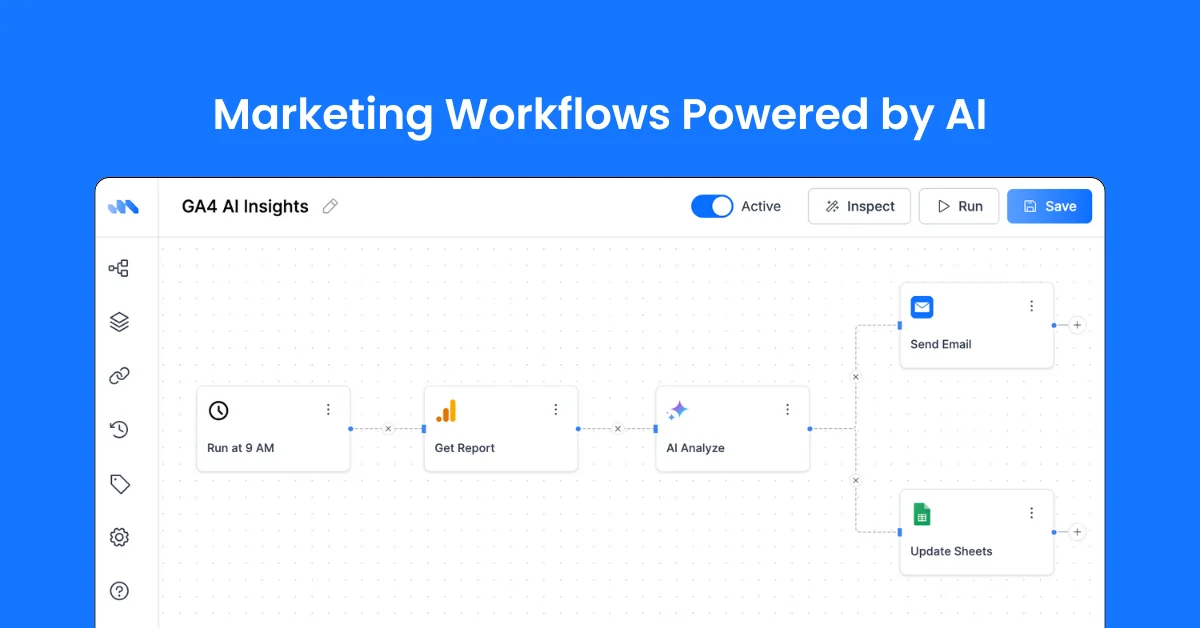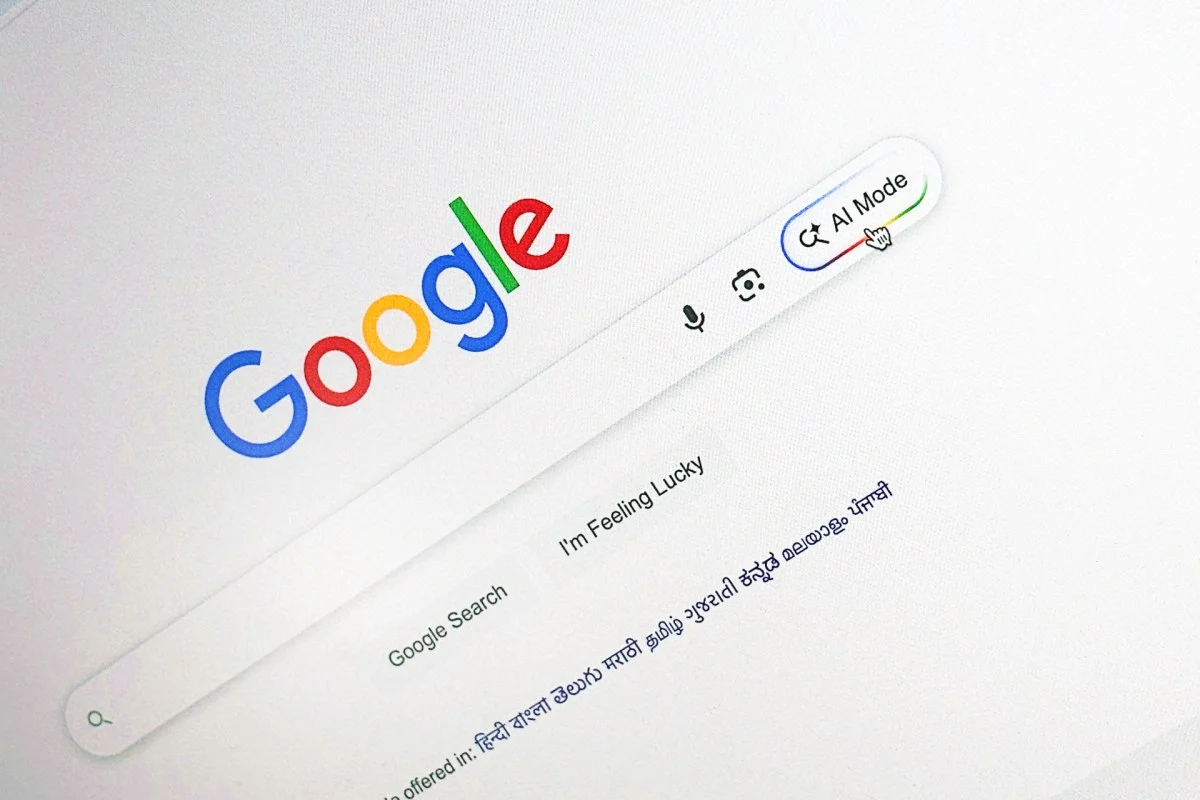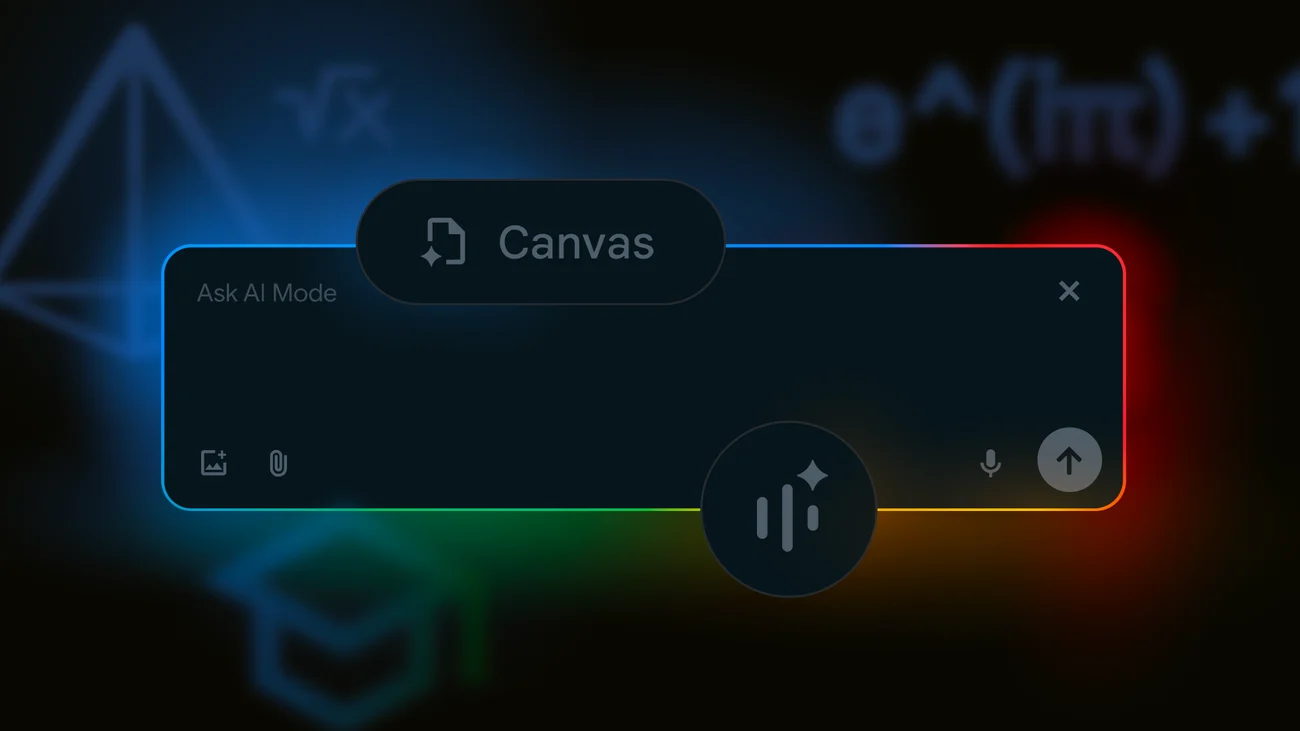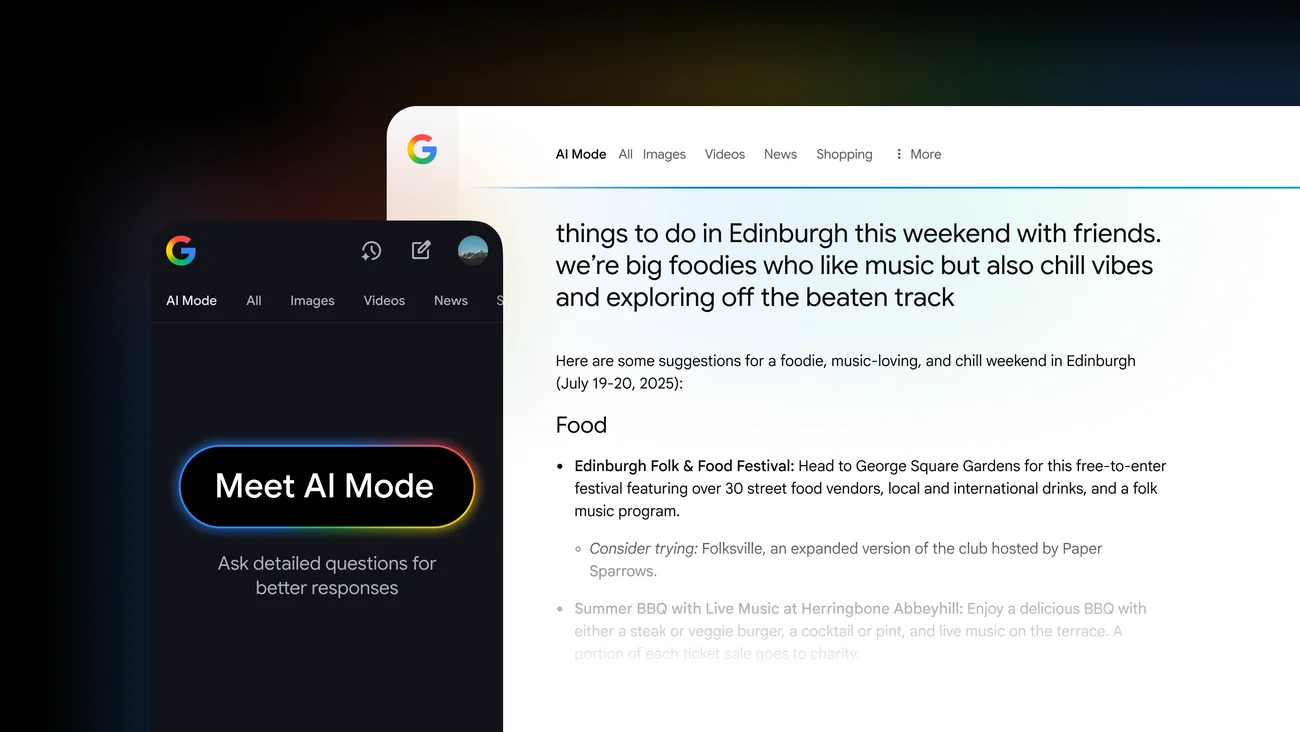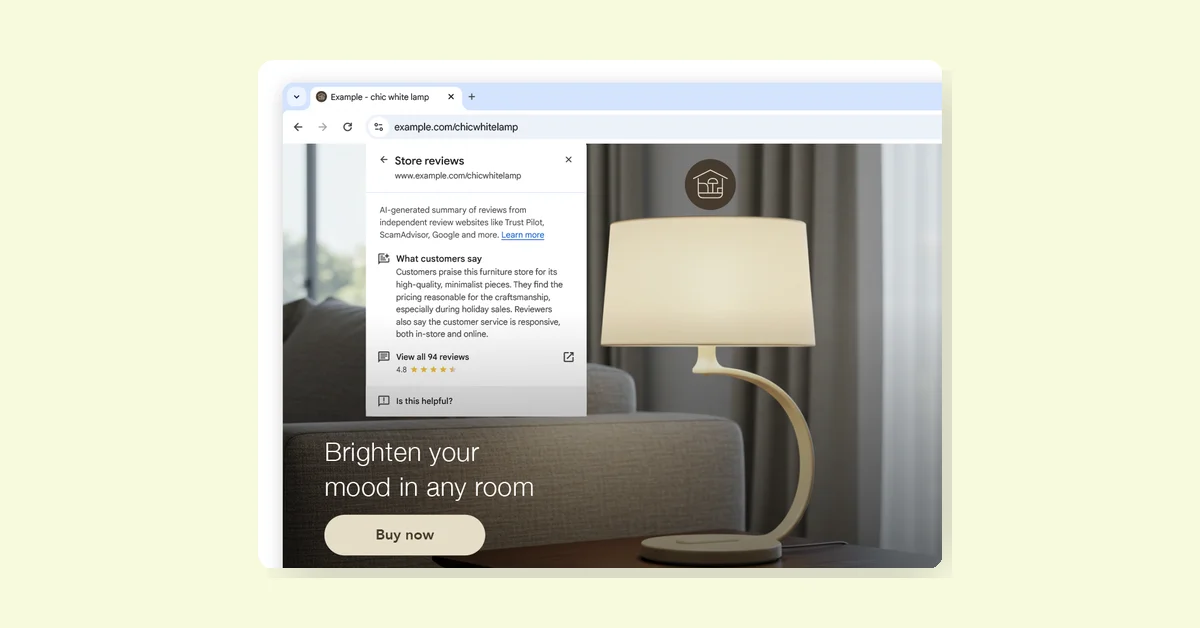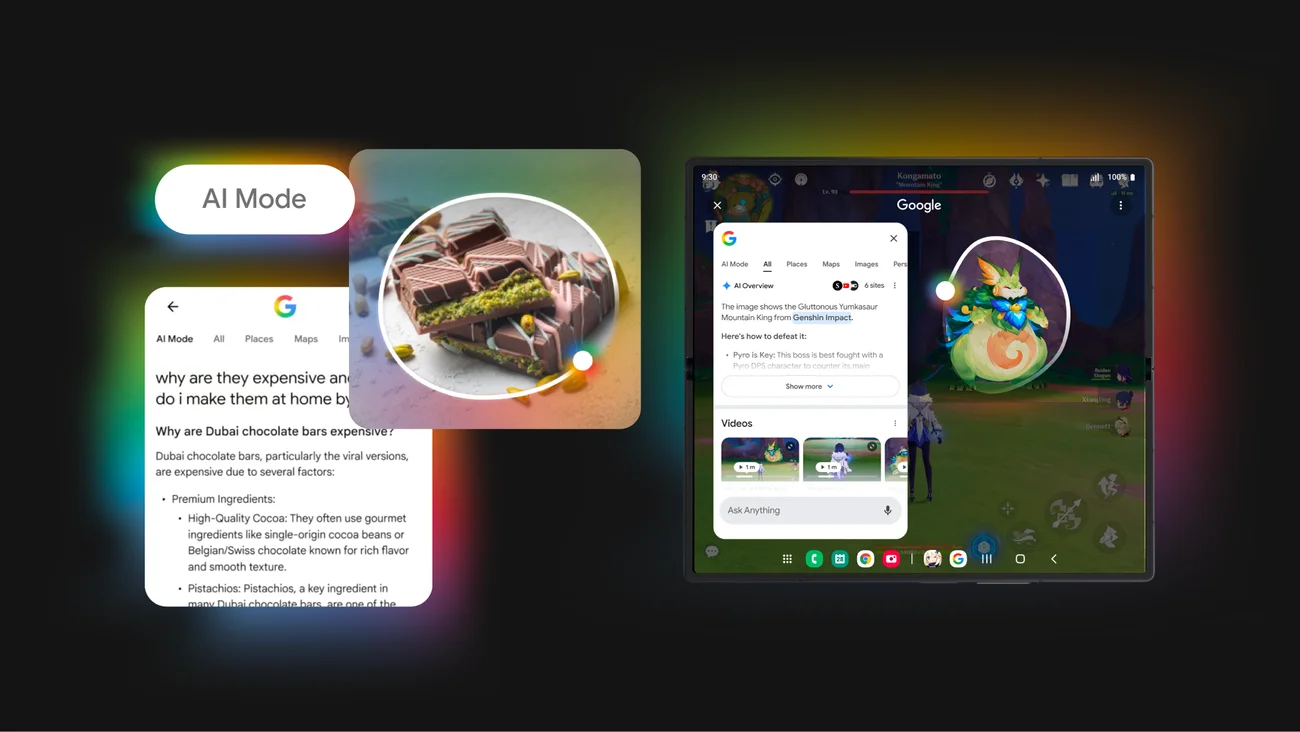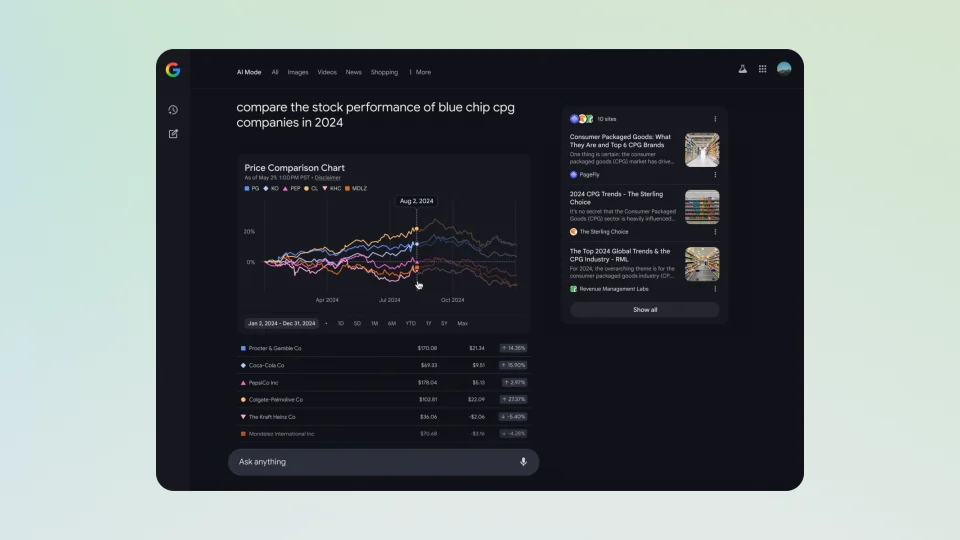Google began adding AI Overviews (AIO) to U.S. search results on May 14. While Google mentions that links in AIO have higher click-through rates (CTRs), they have been evasive when asked directly about this.
Key Points:
AI Overviews' User Experience:
- AIOs provide a fundamentally different user experience compared to traditional search results.
- They offer richer responses, often including summaries, brief explanations, and links to external websites.
- This new interface can lead to higher user satisfaction and potentially higher CTRs.
CTR Considerations:
- Traditional CTR thinking may not apply to AIOs due to their unique interface.
- Google and Bing's evasiveness on CTR data is frustrating.
- Two extreme scenarios for searchers:
- The AIO summary fully satisfies the searcher's needs, ending the search session.
- The searcher is better informed and clicks on the presented URLs for further exploration.
Generative AI User Interface:
- Dominant with fewer clickable targets compared to traditional search features.
- Links in AIO are more prominent and richer, featuring site names, headings, snippets, and images.
- Fewer click targets can mathematically lead to a higher CTR.
Google's Statement on Clicks in AIO:
- Liz Reid, Google’s VP and head of Search, stated that links in AIO get more clicks than traditional web listings.
- This statement is vague and lacks context.
CTR Measurement:
- CTR can be measured in various ways: by search feature, by link within the search feature, or by a given link.
- AIO typically shows fewer links, leading to higher CTR for each link compared to traditional search results.
- Factors complicating AIO performance understanding include duplicate URLs, variable responses, and how CTR is measured (per session or per query).
Overall CTR Impact:
- The presence of AIO and Copilot can reduce clicks on other search features, potentially leading to more search sessions with zero clicks.
- This could have significant implications for organic search traffic.
Need for Transparency:
- Google and Bing need to be more transparent about how they measure CTR and other metrics for these new interfaces.
Measuring the Impact of AIO on Website Traffic:
Tools and Methods:
- SERP Tracking Tool: Use tools like Authoritas to track AIO appearances in SERPs over time.
- Web Analytics: Use Google Analytics to report on pages referred from Google containing
#:~:text=. - Search Console Data: Use Search Console bulk export into BigQuery for detailed data on page-query combinations.
Reporting:
- Reporting on these data sources helps estimate:
- How often AIO appears for a query.
- How often your website is shown in AIO.
- How often your site gets clicks from AIO.
- Reporting on these data sources helps estimate:
This approach, while imperfect, provides a directionally correct view of AIO's impact on website traffic.

